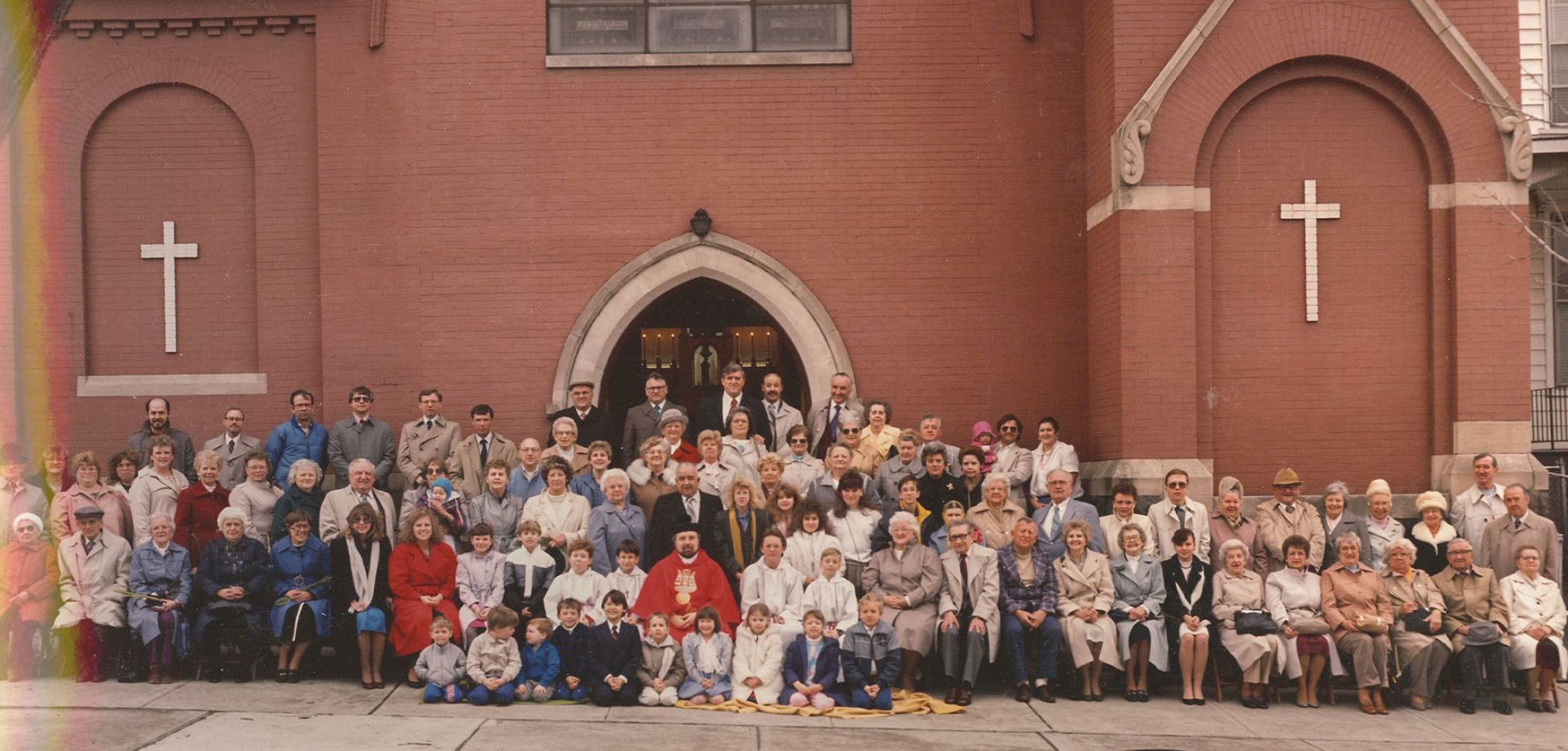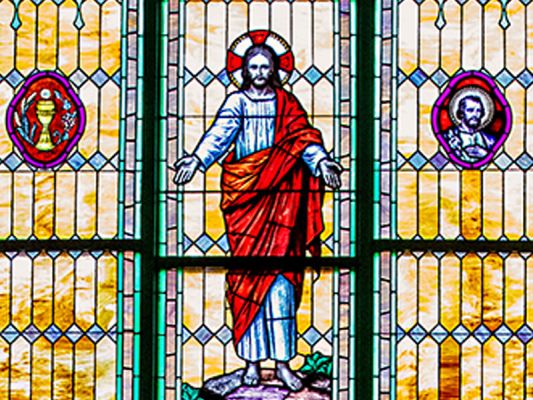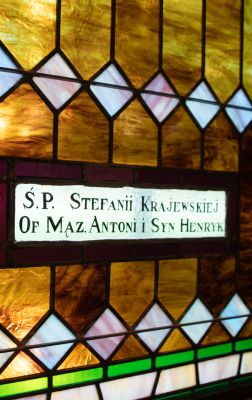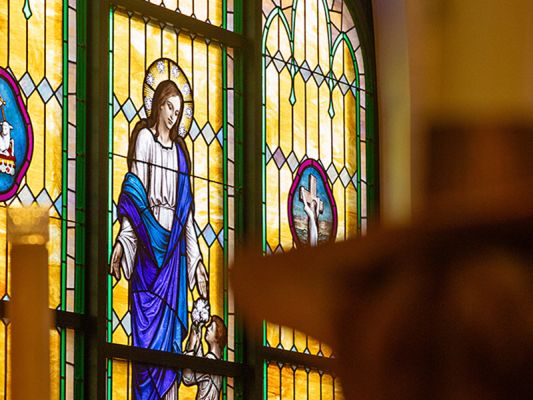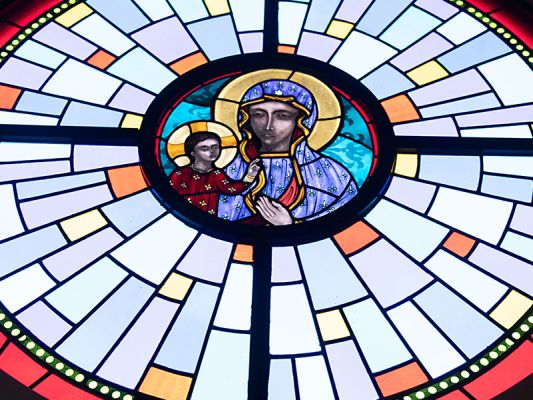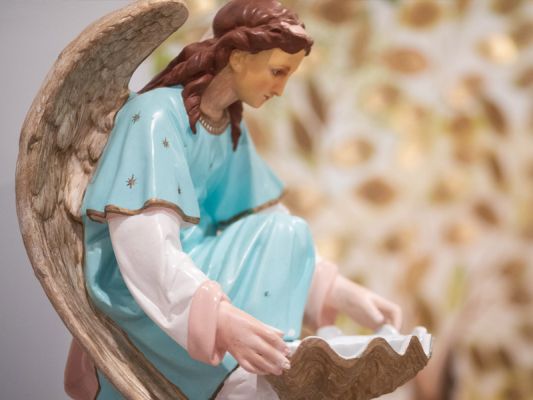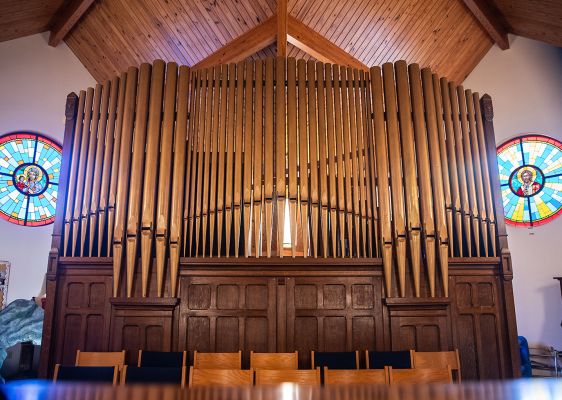Our Parish
History of Our Parish and the Polish People in Albany
In the late 1790s, Polish settlers arrived in the Albany area, including several members of the well-known Zabriskie family. The great wave of immigration in the late 19th and early 20th centuries brought the establishment of ethnic communities in the Capital Region. Albany’s Arbor Hill, Schenectady’s Mount Pleasant, and South Troy came alive with families, shops and the central focus of the neighborhood - the ethnic church.
The central and moving force behind those immigrants was the opportunity and the struggle for freedom. That same set of motivations led Henry Hudson and Tadeusz Kosciuszko to the new world. The area’s Revolutionary War history is replete with the contributions of the Polish-American hero Tadeusz Kosciuszko and his adjutant Julian Ursyn Niemcewicz who fortified the defense of Saratoga and laid out the battle plan.
Churches were not immune from the struggle for freedom. In Albany’s Arbor Hill Polish community, many were disillusioned by the general absence of democracy in the ownership and management of church resources. They sought bishops and pastors who were devout and faithful in preaching and teaching the Catholic faith and who held to its well-established Christian/Catholic traditions.
By late 1919, the call to establish such a Church reached a crescendo. A group of 800 faithful Poles from St. Casimir’s Roman Catholic Church met at the Cathedral of All Saints, the Albany Diocese of the Episcopal See, to organize a Parish. The Bishop, Rector, and congregation of the Cathedral were very helpful to this pioneering group and plans progressed for the group to form a parish of the Polish National Catholic Church (PNCC).
On March 20, 1920, the first services of the nascent Albany parish were held in the Polish language at the All Saints Cathedral. The parish and the people came together with their voice and their vote and exclaimed “Freedom!”
After a time, the newly formed parish held services in an Episcopal Church on Robin Street. The parish’s efforts to buy this small church found its sale blocked. They persevered and later were offered a church on Clinton Avenue, constructed in 1881 for a growing Lutheran congregation. In 1900, the Lutheran group outgrew the structure and moved west of the city. From 1900 to late 1918, the structure was used as a movie house. Through the sacrifice of labor and meager personal finances, the faithful remodeled the structure for worship once again. In 1921, the first Prime Bishop of the PNCC, the Most Reverend Francis Hodur, celebrated Mass and blessed its cornerstone.
From 1922 to 1996, the parish worshipped at 359 Clinton Avenue. The congregation formed fraternal, literary, and religious organizations. Its former pastor, Bishop Joseph Padewski was martyred by communist authorities in post-war Poland. The Church was rebuilt after a devastating fire in the mid-1940s. The faith community continued to thrive. By 1976, the congregation established a Building Fund, with a vision for future growth. Slow-going at first, the pace quickened early in the 1990’s. The parish eventually purchased four acres in the Town of Colonie. Construction of the new facility began two years later. In 1999, on Easter Sunday, the congregation rejoiced to worship together for the first time in its new Church building.
The vision of 1919, the first Holy Mass in 1920, and a history matching the motto of the Polish National Catholic Church – Through Truth, Work, and Struggle we shall be Victorious – resonates throughout the Capital Region. On March 20, 2020, the parish celebrated its 100th Anniversary.
The Parish, built in honor of the Blessed Virgin Mary of Czestochowa, has grown from its immigrant roots to become the Church of today’s Christians. It is multi-ethnic while honoring its ethnic roots. It welcomes every nationality and race and continues to offer each person a voice, a vote, a warm Christian community and most importantly - our Lord and Savior, Jesus Christ.

NATIONAL CATHOLIC CHURCH
Our Church
The windows, pipe organ, Last Supper, and statues were vital pieces from the Albany location that the architect (Ray Lammon, Lammon Architects, Troy) incorporated into the plans for our current church. These elements were so beautifully integrated that the congregation immediately felt "at home" when we opened the new church doors on Easter Sunday, 1999.

